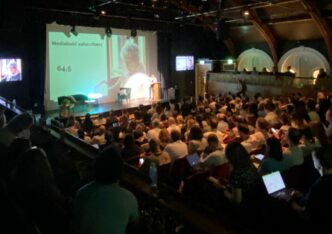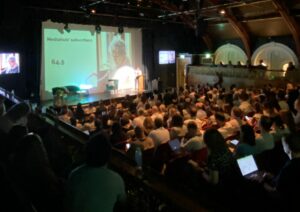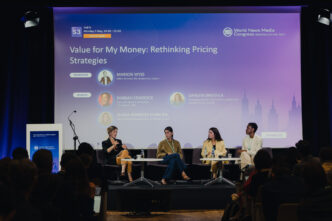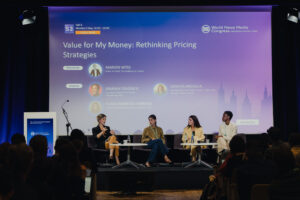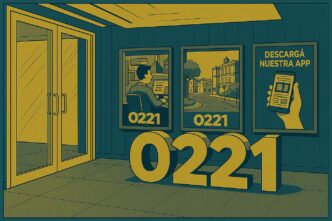

Figma, ZEIT, Babbel, Table.Briefings, Fortune and The Pioneer... The Subscribe Now tour, in partnership with Deutsche Fachpresse this March, meant visiting a variety of international subscription businesses around Berlin, learning from their success in monetizing their readers online. Didn't make it? Don't fret, I've written a short summary for you here so that you can enjoy the tour even if you weren't there. And maybe I'll see you next time?
1st stop, Figma: Digital products should also be fun
Figma is one of the leading tools for UX and UI designers, and with FigJam and the new Developer Mode, they map the entire product development process from brainstorming and prototyping to design for front-end development.
Mareike Busche, Senior Director DACH & CEE, talked about how they involve their community in product development, among other things. What I remember most (apart from the fact that there are Figma fans who even have tattoos of the company logo!) is her belief that software should also be fun.
Some features like stamps and emojis in FigJam were not at the top of her users’ wish list, but one developer championed the idea and today they are among the most popular features.
So when developing products, don’t always think about rational benefits for subscribers, but also develop lovely gimmicks that are simply fun.
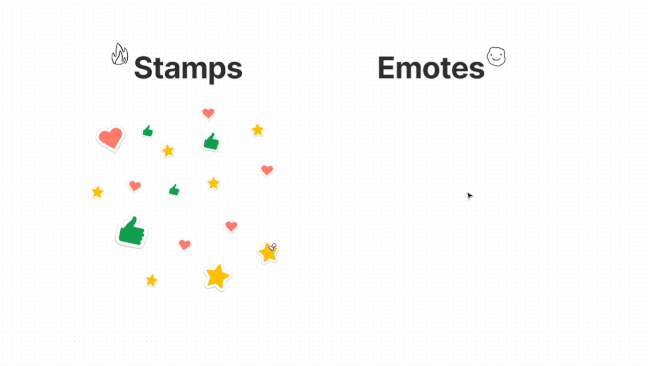
2. DIE ZEIT: The 5 levers of subscription marketing
DIE ZEIT is Germany’s largest newspaper. With a paid circulation of 602,000 copies per week, they have grown significantly in recent years, especially with the Z+ paywall on ZEIT ONLINE.
Jannick Weißel, Marketing Director, not only presented how they recently organized their teams into missions, but also showed his 5C model for the most important levers in subscription marketing: Content, Creative, Conversion, Churn and Collaboration.

> More from Lennart: Don’t feel like subscribing? 12 examples of alternatives to increase ARPU
3rd, Babbel: A scoring model decides who gets offered an upgrade
With over 10 million subscriptions sold, Babbel is one of the most widely used language learning apps in the world. In addition to the app for independent learning, they’ve also been offering online lessons in small groups for a few years now.
Their new live offer is an upgrade that they want to make visible and attractive to as many of their existing subscribers as possible for upsell potential. But, at the same time, there’s a risk of annoying subscribers with too many advertising campaigns and, in the worst case, even losing an email opt-in if a user unsubscribes.
To reduce this risk, Wenke Jehmlich, Senior CRM Manager, showed us a scoring model that uses machine learning to calculate which users are most likely to be interested in an upgrade. This allowed them to automate processes, reduce unsubscribes and increase ARPU through more subscription upgrades.
Incidentally, these 5 factors also had the greatest effect on the likelihood of upgrading:
- Long subscription term
- Higher spending in the previous subscription
- Subscription ending soon
- High quantity of lessons and courses completed
- Frequent use of the app
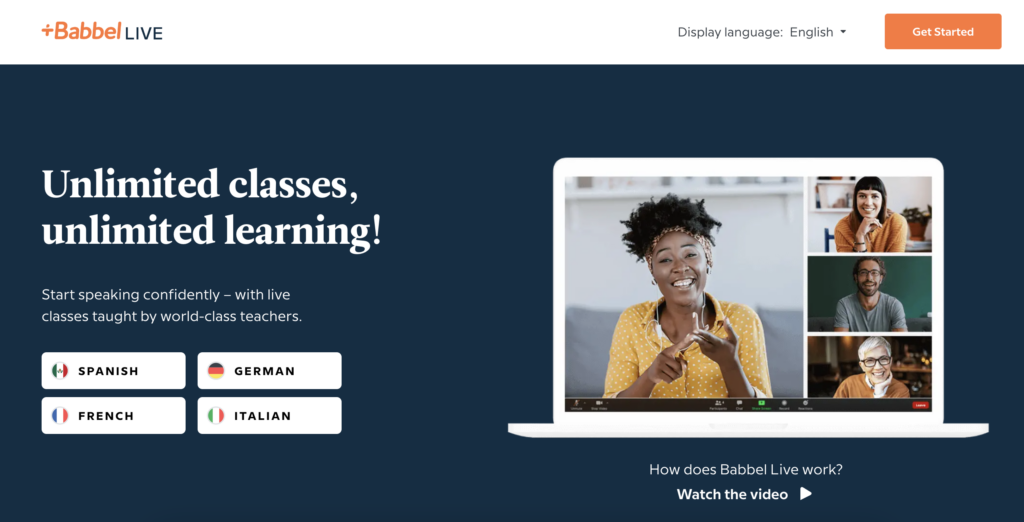
4th stop, Table.Briefings: Decision-makers read differently
Table.Briefings is a pioneer in the field of professional briefings and informs decision-makers in politics and business with newsletters and podcasts. It now reaches 200,000 people with its publications on political Berlin, China, Europe, Africa, education, sustainability and other topics.
Founded in 2020 by former Tagesspiegel editor Sebastian Turner, they want their “deep journalism” to stand for a new kind of quality journalism.
Managing Director Simon Kretschmer explained that their services are aimed very specifically at the top decision-makers in their 10 subject areas. They saw a gap in the market for differentiated reporting with in-depth domain expertise.
It was exciting to see that this focus not only affects the content, but also the usage situation: unlike most other briefings, the Berlin briefing is not published in the morning, but in the evening, because decision-makers are scheduled during the day to prepare for the next day between 9 and 10 p.m. and Table gives them an information advantage.
This is also reflected in the figures: 2/3 of bosses read the briefings before they come into the office.
5th stop, Fortune: Optimally monetize every page view
Fortune Media is an almost 100-year-old business magazine that still sees itself as a startup. In Germany, they are probably known to many through the Fortune 500 and other lists, but they also run a successful paid content model, host various conferences and organize communities for decision-makers.
Selma Stern, Chief Customer Officer, emphasized in her presentation how important it is to find the perfect individual business model for each user. Most website visitors will never take out a subscription, but they may be willing to register, buy a recommended product or at least be monetized through advertising.
At Fortune, they work on models to predict as accurately as possible which offer is optimal in which situation. To do this, they use factors such as source of traffic or device type. People who come to the website for the first time from social media on a smartphone, for example, have such a low probability of taking out a subscription that the paywall is automatically opened and the page view is monetized through advertising.
The lesson behind this: it’s not the type of content that determines whether a subscription is taken out, but the type of user.
6. The Pioneer: Simplifying the paywall
Media Pioneer is probably one of the most exciting German media start-ups of recent years. Launched in 2018 by former Handelsblatt editor-in-chief Gabor Steingart as Morning Briefing, it is now a company with around 70 employees, a collection of newsletters, podcasts, events, an app … and a boat. From Pioneer One, their newsletter reaches over 200,000 people every day, and the podcasts are streamed over 1 million times a week.
Moritz Klein, Head of Memberships, and Paul Horlacher, Director of Commercial Strategy, presented their Guided Paywall. After originally wanting to offer the perfect subscription at the perfect price for every user group, they reduced their four subscription packages to just one in a test.
The results were clear: the simpler paywall led to significantly more conversions and a higher ARPU.
This example shows once again that every additional decision at the paywall decreases conversion rates and that users should not be overloaded with information.
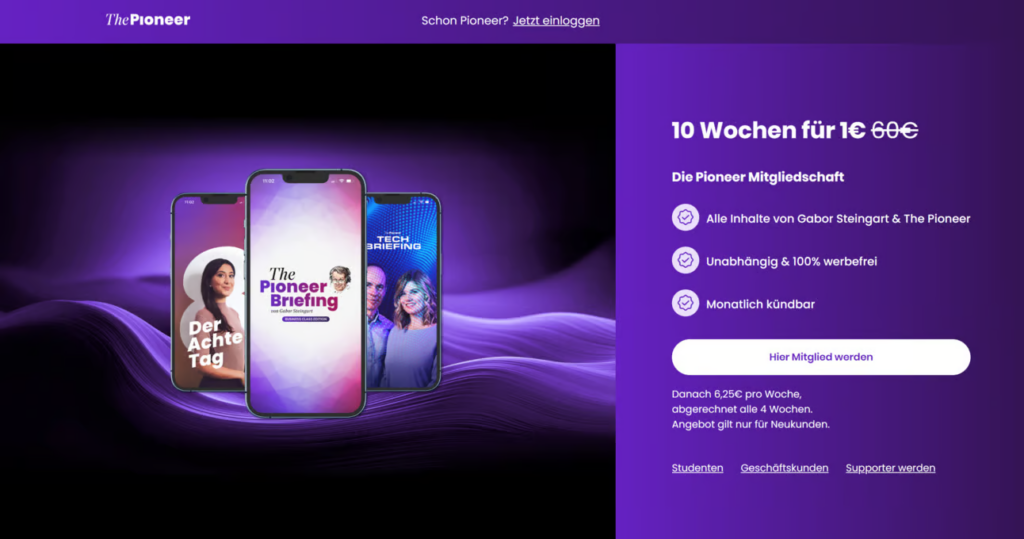
Are you a German publisher? Lennart is running another road trip on November 19th in Hamburg! Secure your ticket today.



